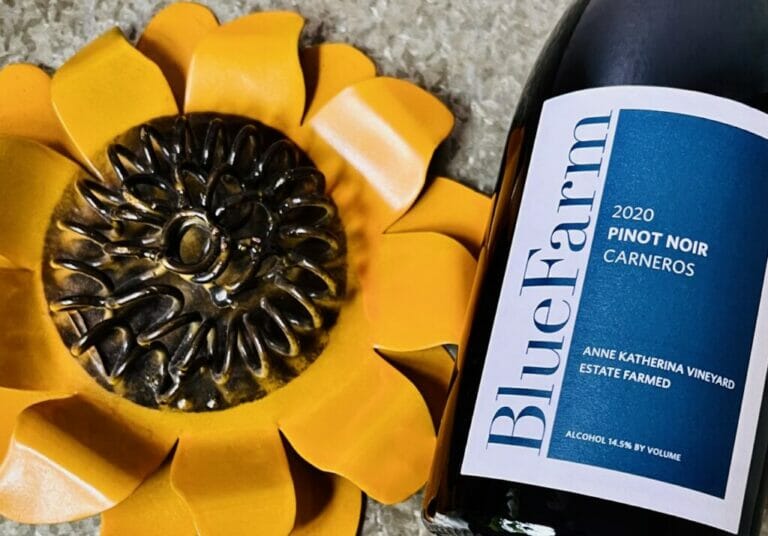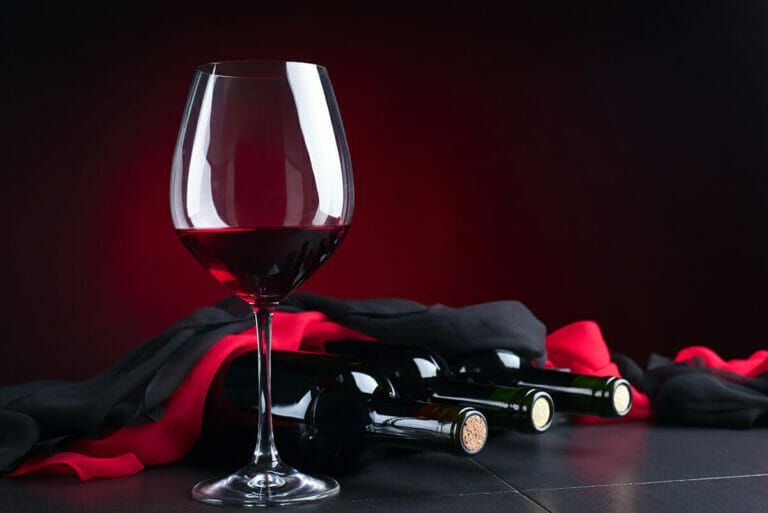The Art of Food and Wine Pairing: Expert Tips and Tricks
Food and wine pairing is the art of selecting the perfect wine to enhance the flavors of a particular dish. It is a practice that has been around for centuries and is considered an essential part of the dining experience. The right combination of food and wine can elevate a meal to new heights, creating a harmonious balance of flavors that can be truly unforgettable.
The importance of pairing food and wine lies in the fact that certain wines can enhance the flavors of certain foods, while others can overpower or clash with them. When done correctly, food and wine pairing can create a symphony of flavors that dance on your palate, enhancing both the food and the wine.
Understanding the Basics of Food and Wine Pairing
Matching intensity of flavors is one of the basic principles of food and wine pairing. It is important to consider the intensity of both the food and the wine when making a pairing. For example, a light-bodied wine would be overwhelmed by a rich, heavy dish, while a bold, full-bodied wine would overpower a delicate dish.
Complementing flavors is another key aspect of food and wine pairing. The goal is to find wines that have flavors that complement or enhance the flavors in the food. For example, a fruity red wine can complement the sweetness of a tomato-based pasta sauce, while a crisp white wine can enhance the freshness of a seafood dish.
Contrasting flavors can also create interesting and enjoyable pairings. Sometimes, contrasting flavors can create a balance that brings out the best in both the food and the wine. For example, a spicy dish can be paired with a sweet or off-dry wine to create a contrast that balances out the heat.
The Role of Flavor Profiles in Food and Wine Pairing
Flavor profiles refer to the combination of tastes, aromas, and textures that make up a particular food or wine. Understanding flavor profiles is crucial in food and wine pairing, as it helps to identify the key characteristics of both the food and the wine.
To identify flavor profiles in food, one must consider the dominant flavors, such as sweet, salty, sour, bitter, and umami. Additionally, the texture and aroma of the food can also play a role in determining its flavor profile.
Similarly, wines have their own flavor profiles that can be identified through their taste, aroma, and texture. Wines can be classified as dry or sweet, acidic or low in acidity, tannic or smooth, and so on.
Matching flavor profiles is a fundamental principle in food and wine pairing. For example, a rich and buttery Chardonnay would pair well with a creamy pasta dish, as both have similar flavor profiles. On the other hand, a crisp and acidic Sauvignon Blanc would complement a light and citrusy seafood dish.
Pairing Wine with Different Types of Food
When it comes to pairing food and wine, there are no hard and fast rules. However, there are some general guidelines that can help you make successful pairings.
For red meats such as beef or lamb, red wines with higher tannins are often recommended. The tannins in the wine help to cut through the richness of the meat and cleanse the palate. Cabernet Sauvignon, Merlot, and Syrah are popular choices for pairing with red meats.
For poultry such as chicken or turkey, both red and white wines can work well. Lighter reds like Pinot Noir or Beaujolais can complement the flavors of poultry without overpowering them. Alternatively, a crisp white wine like Chardonnay or Sauvignon Blanc can also be a good choice.
Pairing Red Wine with Meat and Poultry
Red wine pairs particularly well with meat and poultry due to its higher tannin content. Tannins are compounds found in the skins, seeds, and stems of grapes that give red wine its characteristic astringency. This astringency helps to cut through the richness and fattiness of meat, creating a balanced and enjoyable pairing.
When it comes to specific red wine and meat/poultry pairings, there are several classic combinations that are widely recognized. For example, a full-bodied Cabernet Sauvignon pairs well with a juicy steak, as the tannins in the wine help to break down the proteins in the meat and enhance its flavor. Similarly, a rich and spicy Syrah can complement the flavors of roasted lamb or game meats.
Pairing White Wine with Seafood and Vegetables
White wine is often considered the go-to choice for pairing with seafood and vegetables due to its lighter body and higher acidity. The acidity in white wine helps to cut through the richness of seafood and enhance its flavors, while also providing a refreshing contrast to the natural sweetness of vegetables.
When it comes to specific white wine and seafood/vegetable pairings, there are several classic combinations that are widely enjoyed. For example, a crisp and citrusy Sauvignon Blanc pairs well with delicate white fish or shellfish, as the acidity in the wine complements the flavors of the seafood. Similarly, a buttery Chardonnay can enhance the richness of lobster or scallops.
Pairing Desserts with Wine: Sweet Wines and Beyond
Pairing desserts with wine can be a delightful way to end a meal. Sweet wines are often recommended for pairing with desserts, as their natural sweetness can complement and enhance the flavors of sweet treats.
Sweet wines such as Sauternes or late-harvest Riesling pair well with rich and creamy desserts like crème brûlée or cheesecake. The sweetness of the wine can balance out the richness of the dessert and provide a refreshing contrast.
However, sweet wines are not the only option for pairing with desserts. Sparkling wines like Champagne or Prosecco can also be a great choice, as their effervescence can help to cleanse the palate and cut through the sweetness of the dessert.
The Importance of Balance in Food and Wine Pairing
Balance is a key element in food and wine pairing. It is important to find a balance between the flavors of the food and the wine, as well as the intensity of both.
When the flavors of the food and wine are in balance, they can enhance each other and create a harmonious pairing. For example, a rich and creamy pasta dish can be balanced by a crisp and acidic white wine, creating a contrast that brings out the best in both.
Achieving balance in food and wine pairing requires careful consideration of the flavors, textures, and intensities of both the food and the wine. It is important to take into account the dominant flavors in the food, as well as the acidity, tannins, and sweetness of the wine.
Expert Tips for Perfecting Food and Wine Pairing
To perfect your food and wine pairing skills, it can be helpful to seek advice from sommeliers and chefs who have extensive knowledge and experience in this area. They can provide valuable insights and recommendations based on their expertise.
Some tips from sommeliers and chefs include:
– Experiment with different pairings to find what works best for you.
– Consider the dominant flavors in both the food and the wine.
– Take into account the intensity of both the food and the wine.
– Don’t be afraid to try unconventional pairings.
– Trust your own palate and personal preferences.
It is also important to be aware of common mistakes to avoid when it comes to food and wine pairing. Some common mistakes include:
– Overpowering the food with a strong or heavy wine.
– Pairing a wine with too much acidity with a dish that is already acidic.
– Neglecting to consider the intensity of the flavors in both the food and the wine.
– Being too rigid in your approach and not being open to trying new pairings.
Experimenting with Food and Wine Pairing: Finding Your Perfect Match
While there are general guidelines and recommendations for food and wine pairing, it is ultimately a personal and subjective experience. Everyone’s palate is different, and what works for one person may not work for another.
Therefore, it is important to experiment with different pairings and find what works best for you. Don’t be afraid to try new combinations and step outside of your comfort zone. You may discover unexpected and delightful pairings that you never would have considered before.
When experimenting with food and wine pairing, it can be helpful to start with the basic principles of matching intensity, complementing flavors, and contrasting flavors. From there, you can build on your knowledge and explore more complex pairings.
Remember, the most important thing is to trust your own palate and personal preferences. If a pairing brings you joy and enhances your dining experience, then it is a successful pairing, regardless of what the experts may say.
In conclusion, food and wine pairing is an art that can elevate a meal to new heights. By understanding the basics of pairing, considering flavor profiles, and experimenting with different combinations, you can find your perfect match. Whether you prefer red wine with meat, white wine with seafood, or sweet wines with desserts, the key is to find a balance that brings out the best in both the food and the wine. So go ahead, explore the world of food and wine pairing, and discover the endless possibilities that await you.







